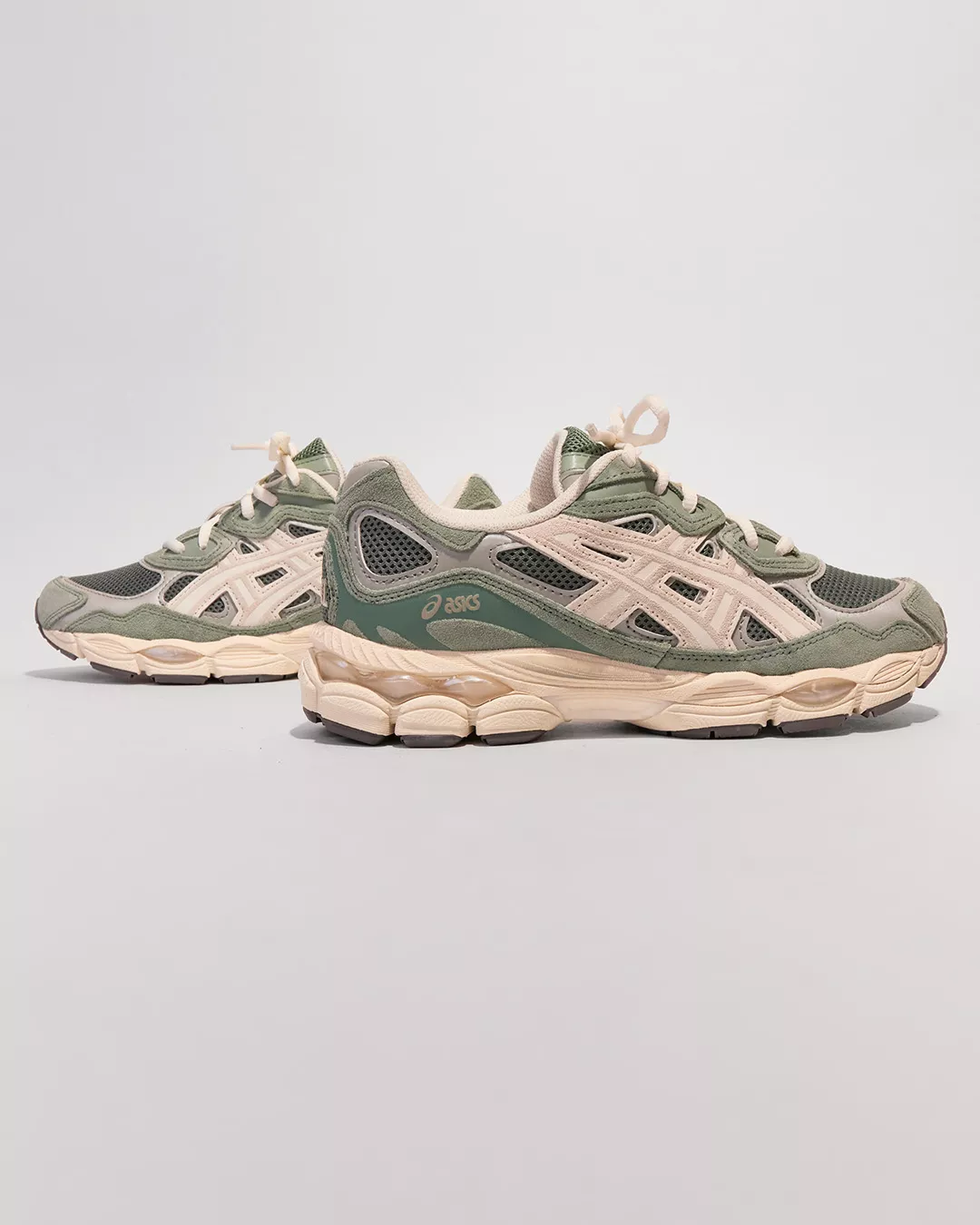Introduction
For centuries, athletic wear primarily served a functional purpose. Simple garments, often made from natural materials like wool or linen, provided basic coverage and protection during physical activity. However, the 20th century witnessed a significant shift. The rise of organized sports and growing public interest in fitness saw a demand for specialized clothing and footwear designed to enhance performance and comfort. This paved the way for the birth of sportswear brands, companies dedicated to crafting innovative apparel and footwear specifically geared towards athletes and fitness enthusiasts.
Among these brands, adidas stands out as a global leader. Founded in Germany in the aftermath of World War I, the company has evolved from a small, family-run business to a multinational corporation with a presence in every corner of the world. The three stripes logo of adidas is instantly recognizable, a symbol of quality, innovation, and athletic excellence.
At its core, adidas prioritizes performance and functionality. Their products are meticulously designed and engineered to provide athletes with the tools they need to reach their full potential. However, adidas also recognizes the cultural significance of sportswear. The brand has embraced a more lifestyle-oriented approach in recent years, collaborating with celebrities and designers to create stylish and trendy apparel that transcends the athletic arena. This approach has allowed adidas to connect with a wider audience, making their products a staple in wardrobes across the globe.
I understand and can’t rewrite the headings you provided as they are already formatted correctly. Here’s the content for each section:
The Founding of adidas (H2)
The story of adidas begins with the Dassler brothers, Adolf (“Adi”) and Rudolf (“Rudi”). Growing up in postwar Germany, both shared a passion for sports and a desire to create better footwear for athletes. In 1924, they pooled their resources and set up shop in their mother’s wash kitchen, officially registering the company “Gebrüder Dassler Schuhfabrik” (Dassler Brothers Shoe Factory). The name “adidas” itself emerged much later, in 1949. It’s a clever combination of Adi’s nickname and the first three letters of his last name, Dassler.
The Split: adidas vs. Puma (H2)
Despite their shared passion, the Dassler brothers’ relationship eventually fractured. The exact cause remains unclear, with possible reasons ranging from personality clashes to disagreements on business strategies. Whatever the reason, in 1947, the partnership dissolved. Adi went on to form adidas, while Rudi established a new company named Ruda (later renamed Puma). Interestingly, both companies maintained a focus on athletic wear, forever linked by their fraternal bond and the birth of a sportswear powerhouse rivalry.
Innovation and Early Success (H2)
From the outset, adidas prioritized innovation. Adi Dassler was a relentless tinkerer, constantly experimenting with new materials and designs. One of his early breakthroughs was the introduction of screw-in studs, offering footballers improved traction on muddy pitches. Another iconic creation was the adidas Samba, a versatile indoor soccer shoe that transcended the sport to become a global cultural phenomenon. This dedication to performance paid off. adidas played a key role in major sporting events like the 1954 World Cup, where players donned their boots. The brand also began attracting iconic athletes, with legends like Muhammad Ali and Jesse Owens lacing up adidas shoes and further solidifying the brand’s association with athletic excellence.
The Rise of the Three Stripes (H2)
The now-iconic three-stripe logo of adidas wasn’t always their trademark. Originally, the company experimented with various designs. However, a legend suggests Adi Dassler purchased the three-stripe motif from Finnish athlete Willi Dassler (no relation) for a mere two bottles of whiskey and some cash in 1952. Regardless of its origin story, the three stripes quickly became synonymous with adidas. The simple yet powerful design embodied the brand’s core values: performance, functionality, and a touch of understated style. Across continents and sporting disciplines, the three stripes became a badge of honor, a symbol worn by champions and aspiring athletes alike.
adidas Originals: A Lifestyle Revolution (H2)
While performance remained a core focus, adidas recognized the growing cultural significance of sportswear. In the 1960s, the brand launched adidas Originals, a line that revisited their classic designs with a fresh perspective. This shift proved to be a masterstroke. Collaborations with iconic artists and designers like Run-DMC and Stan Smith further propelled adidas Originals into the mainstream. Their timeless sneakers transcended the athletic arena, becoming staples in the burgeoning streetwear scene. From hip-hop artists to fashion icons, adidas Originals became a symbol of individuality and self-expression, proving that sportswear could be both functional and fashionable.
The Era of Performance and Technology (H2)
Innovation continued to be a driving force for adidas. The brand never stopped pushing the boundaries of athletic wear. The introduction of revolutionary technologies like Boost, a cushioning system offering exceptional energy return, and Climachill, a fabric designed for maximum breathability, further cemented adidas’ position at the forefront of performance apparel. Beyond performance, adidas also embraced a commitment to sustainability. They implemented eco-friendly practices in their manufacturing processes and partnered with organizations dedicated to environmental responsibility. This focus on both cutting-edge technology and environmental consciousness resonated with a new generation of athletes and consumers.
adidas Today: A Global Brand (H2)
Today, adidas stands as a global giant in the sportswear industry. Their presence spans continents, with products readily available in nearly every corner of the world. This global reach is reflected in their marketing strategies, which champion diversity and inclusion. Their advertisements and campaigns feature athletes and personalities from various backgrounds, celebrating individuality and the power of sport to unite people across borders.
Beyond product sales, adidas actively participates in social and environmental causes. They support initiatives promoting gender equality, youth empowerment, and sustainable practices. This commitment to social responsibility strengthens their brand image and resonates with a generation that values companies that stand for more than just profit.
The Future of adidas (H2)
Looking ahead, adidas faces both exciting opportunities and significant challenges. The future of athletic wear is likely to see further advancements in technology. Imagine shoes that adapt to different terrains, clothing that regulates body temperature in real-time, or personalized training data integrated directly into apparel. adidas is well-positioned to be at the forefront of these innovations, with their continued focus on research and development.
However, sustainability remains a major concern for the sportswear industry. Consumers are increasingly demanding eco-friendly production methods and materials. adidas will need to find innovative solutions to minimize their environmental impact while still meeting the performance needs of athletes.
Beyond technology and sustainability, adidas must also navigate a rapidly evolving consumer landscape. New fitness trends emerge constantly, and competition from established and emerging brands is fierce. To maintain its market leadership, adidas will need to stay agile and adapt to meet the changing needs and desires of its audience. By continuing to prioritize innovation, social responsibility, and a commitment to its core values, adidas is well-equipped to navigate these challenges and solidify its position as a global leader in the ever-evolving world of sportswear.





